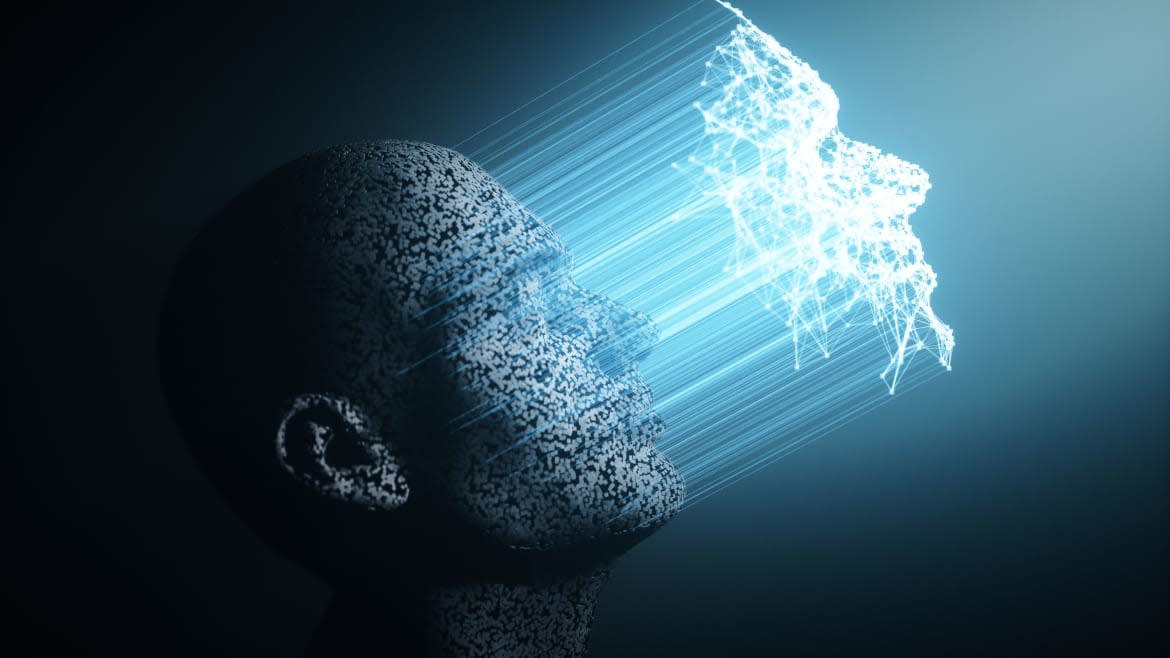This One Basic Measure Can Help Scientists Study Autism

Humans are able to recognize faces in less than a second. But important steps take place in the brain during that blip of time, and studying them can shed light on how conditions like autism differ from neurotypicality.
Right now, autism is a condition that has scientists stumped because there’s no good way to classify people on a spectrum or determine which support strategies might help them the most, said Emily Jones, a neurocognitive researcher at Birkbeck, University of London. Jones led a study that was published recently in Science Translational Medicine to tie the brain’s response at seeing faces to social functioning, which autism affects.
“Processing faces is key to a lot of social interaction,” Jones told The Daily Beast. “When you're first born, you might be interested in faces, but you have to learn about what they can tell you over time. We figured that how well people process faces might give us a simple way of measuring their social skills and also how much sort of social expertise they've built up.”
AI Reveals How the Brain’s Anatomy Changes With Autism
Jones and her team recorded the brain activity of hundreds of children and adults with and without autism and showed them images of right-side-up and upside-down faces. They then measured how quickly a group of neurons fired, which told them how well a person could process the relationship between different facial features.
When she compared autistic individuals’ activity to that of neurotypical ones, there didn’t seem to be much of a difference at all. But when Jones and her team broke their measurements into three clusters, they found notable differences among the groups that corresponded to their respective likelihoods of improving socialization skills over time.
Oftentimes, autism looks different depending on a person’s sex, but the researchers found that face processing seemed to be a common denominator.
Organoids Help Researchers Understand How Autism Develops in the Human Brain
“Some of our other work on eye-tracking measures of social attention, you do see sex differences—females will look at the faces a bit more than the males do,” Jones said. “So it was quite interesting to see that in this more basic face processing stage, actually, you don't see those differences.”
Next, Jones said her team would like to find additional markers that could be used similarly to subdivide autistic individuals. One day, she hopes that clinicians can use brain activity as instantaneous feedback when trying out a therapy on a patient.
“I hope that we can get to the point where autistic people have a lot more choice and a lot more information that they can be given about what their likely prognosis might be and what kind of options there are for them,” Jones said.
Get the Daily Beast's biggest scoops and scandals delivered right to your inbox. Sign up now.
Stay informed and gain unlimited access to the Daily Beast's unmatched reporting. Subscribe now.

